An ideal laptop for a high school student needs to be powerful, offer great value, be rigid enough for daily use, and have a sound design that younger consumers would want to use. The Dell XPS 13 (9300) ticks all these boxes and is one of the best 13-inch laptops you can buy. The latest model comes rocking 8th Gen Intel processors and plenty of storage and RAM for school work.
Best Overall: Dell XPS 13 (9300)
The XPS 13 (see our review of the previous model) by Dell is the entry product in the XPS line of premium laptops but is an ideal match for students looking to take advantage of capable hardware to help with their studies. Picking the best laptop before heading back to school in 2019 doesn't have to be yet another chore on the list of things to get done. The beauty of the XPS 13 is you're able to configure it exactly how you wish. Need more than 128GB of solid-state drive (SSD) storage? Simply add a 256GB (up to 1TB) drive when ordering or install one after the laptop gets delivered.
Then you have a Full HD display with barely any bezel, which can be bumped to 4K. Speaking of specifications, the XPS 13 was refreshed by Dell to include Intel's 10th Gen processors. These components are matched with at least 8GB of RAM and Killer Wi-Fi 6 AX1650 wireless connectivity. The latter improvement with the XPS 13 is a major benefit for students, thanks to its excellent wireless range and reliability.
The keyboard is likely what will be used the most, and this is probably the laptop's weak spot. It's not the worst keyboard by any means, but it's also not among the best. With only 1.3 mm of key travel (how far the key can be pressed down), it can feel somewhat "mushy" to those who are used to desktop mechanical keyboards or other portable PCs with enhanced means of input. There's also an issue with oil stains after considerable amounts of use.
Overall, you'll get a super-portable laptop with a gorgeous display and excellent performance. Couple all that with improved battery life (thanks to expanded capacity and the newest processors), and you've got one fantastic device for any student.
Pros:
- Gorgeous design
- Strong performance and good battery life
- IGZO 4K anti-glare display is best-in-class
- Windows Hello IR camera
- Full Thunderbolt 3 USB C ports
Cons:
- Pricey
- Keyboard could be better
Best Overall
Dell XPS 13
This laptop doesn't just look amazing
The XPS 13 is a premium laptop offered by Dell, a slim and powerful notebook that'll be more than a match for both studies and downtime.
Runner-up: Huawei Matebook 13
The MateBook 13 is a premium piece of kit, including up to an Intel Core i7 processor, Intel AC-9560, an amazing touch display, and a solid typing experience. It's also ready for the entire day with a battery that should last you up to around seven hours. This doesn't sound like a lot, but when you consider just how powerful the MateBook 13 is, it's a feat of engineering. There's even an optional NVIDIA-dedicated GPU.
Overall, just like the XPS 13 from Dell, there aren't many downsides to the MateBook 13, but there are a few. Audio is mediocre when the laptop is in your lap due to speaker placement, but it is otherwise excellent when on a desk. The lack of Thunderbolt 3 is a letdown. Still, it's worth pointing that Huawei sells Thunderbolt 3 with the higher-end MateBook X Pro laptop, acting as a differentiator and partially justifying that extra $200.
However, if you need a premium laptop and don't fancy the Dell XPS 13, the Huawei MateBook 13 is a superb choice.
Pros:
- Excellent 3:2 "2K" display
- Exceptional performance
- Better value than MacBook Air
- Stylish but muted
- Optional GPU
Cons:
- No Thunderbolt 3
- No USB Type-A port
- Huawei name is controversial
- Mediocre audio with some placements
Runner-up
Huawei MateBook 13

One of the best MacBook Air rivals comes from Huawei
Despite Huawei's recent woes in the U.S., its MateBook 13 laptop is a solid middle-of-the-road Ultrabook.
Best Ultrabook: Surface Laptop 3
The Surface Laptop 3's 13.5-inch notebook chassis holds a touch display with a 2256x1504 resolution, 3:2 aspect ratio, and relatively thin bezel. It's compatible with the Surface Pen for a great inking experience, and color accuracy hits 97% sRGB and 72% AdobeRGB, which is great for media professionals or people who prefer a great display.
Grab either a 10th Gen Intel Core i5 or i7 processor (CPU) for stellar performance, add up to 16GB of DDR4 RAM, and up to a 1TB solid-state drive (SSD) that can hit read and write speeds around the 1,500 MB/s and 800 MB/s marks, respectively. For ports, you get USB-A 3.0, USB-C, Surface Connect, and 3.5mm audio.
The battery lasts between 8–10 hours on a full charge when tackling regular productivity tasks, allowing you to mostly forget about a charger when heading to the office or to class. Seated above the display is an IR camera for logging in securely with Windows Hello, and the palm rests are covered in Alcantara fabric for a more comfortable typing and pointing experience.
Pros:
- Stunning 13.5-inch touch display
- Premium build quality and Alcantara fabric palm rest
- All-day battery life
- IR camera for Windows Hello
- Fast SSD storage
Cons
- More affordable options available
- Port selection is limited
Best Ultrabook
Surface Laptop 3
The best Ultrabook for serious students
With a slim, light chassis, the Surface Laptop 3 has the portability and performance needed to get through a standard day's work.
Best Portable: Microsoft Surface Pro LTE
Microsoft's Surface Pro X is the company's first attempt at creating a dedicated LTE Surface device. Sporting 4G, this tablet 2-in-1 packs a punch, allowing you to get work done no matter where you may be located. There's no need to stay hooked up to an outlet so long as you don't need more than seven hours, and now you don't require a Wi-Fi network. It's truly portable.
There are a few drawbacks to the Surface Pro X, however. ARM64 is a little confusion, which is what Microsoft's custom CPU is based upon. There's no Intel CPU choice here. Still, it's more than enough for portable use, especially for a tablet, but this is something worth bearing in mind when considering the rather high price. This 2-in-1 is all about portability.
Pros:
- Outstanding hardware design
- Unlocked 4G LTE SIM + eSIM
- Upgradable SSD
- Ten-hour battery life (ARM64)
- Slim Pen and keyboard are super clever
- Excellent audio, display, and typing
Cons:
- ARM64 is confusing
- Bad for gaming
- No Dolby Vision or anti-glare display
- Seven-hour battery life (x86)
Best Portable
Microsoft Surface Pro X
When you need to do some work wherever you may be
Sporting an Intel Core i5 processor and 8GB of RAM, this is geared for portable use at school and work, letting you get more done on the go.
Best Gaming: Razer Blade 15
When it comes to PC gaming on a laptop, the Razer Blade 15 (older model with older internals) is one of the best options out there. Not only can it be configured with an NVIDIA RTX 2080 SUPER Max-Q dedicated GPU, but also a 10th Gen Intel Core i7-10750 CPU, 16GB of DDR4 RAM, and a 256GB SSD for maximum performance. While you'll be able to play most modern PC games, you'll find the battery life depletes rapidly when all these power-hungry components are put under load.
The 15.6-inch display has an FHD resolution and up to a 144Hz refresh rate for smooth graphics, and you can go up to a 4K display with a 60Hz refresh rate if you'd like to push things to the limit. No matter which display you choose, you'll fail to notice any bezel and instead appreciate outstanding color reproduction. The RGB keyboard can be fully customized, and you can use the large Precision touchpad for standard tasks when not gaming with an external gaming mouse — and we recommend you buy a mouse for gaming.
For ports, you're getting HDMI, Thunderbolt 3, USB-C, Gigabit LAN, and USB-A 3.1, which allow you to connect external monitors and other accessories for a gaming battlestation when you're not on the move.
Pros
- Gorgeous 4K and FHD display options
- Insane gaming performance
- Slim, premium build
- Decent port selection
- Enormous Precision touchpad
Cons
- Expensive
- Runs hot
Best Gaming
Razer Blade 15
From $1,600 at Razer $3,200 at Amazon
The ultimate portable PC gaming machine
The Razer Blade 15 is slim, it's packed with powerful gaming hardware, and it has excellent display options.
Budget-friendly: Dell Inspiron 15 5593
You may think the Inspiron 15 5593 is sorely underpowered due to the price, but it's really not. Inside you'll find up to a 10th Generation Intel Core i7-1065G7 processor. It all depends on how much you're willing to spend. The most affordable model comes rocking a 10th Gen Intel Core i3-1005G1 CPU.
The design isn't too bad for a sub-$500 laptop. In fact, it looks relatively premium when compared to more pricey alternatives. The CPU and GPU are joined by 4GB of RAM and a 128GB SSD, both perfect for schoolwork, and the 15.6-inch display will make all your work pop. That's not all this laptop has to offer as there's even a fingerprint reader with full support for Windows Hello.
The performance and design won't blow you away, but if you simply need a budget-friendly laptop to get the youngling off on the right track with school with a battery to last the day, the Inspiron 15 5593 should be shortlisted.
Pros
- Affordable
- 10th Gen Intel CPU
- Decent battery life
- Fingerprint reader
Cons
- Lackluster performance
Budget-friendly
Dell Inspiron 15 5593
Powered by value
You don't have to go premium for high school, and the Inspiron 15 5585 from Dell is an excellent example of value with AMD internals.
Best 2-in-1: Microsoft Surface Pro 7
Microsoft's Surface Pro 7 returned with a USB-C 3.1 port that replaced the older Mini DisplayPort. It's capable of handling dual 4K displays and is rounded out by USB-A, a microSD card reader, Surface Connect, and a 3.5mm audio jack. Wi-Fi 6 connectivity is available for blazing wireless speeds, and Bluetooth 5.0 is also included. If all that wasn't enough already, the Pro 7 now has Instant On, meaning it's ready to go as soon as you need it.
This makes it ideal for use out on the field, in the study room or library, and in class. The 10th Gen Intel Core processors boost performance and add Intel Iris Plus integrated graphics, and models can be configured with up to 16GB of LPDDR4x RAM and a 1TB SSD. The display hasn't changed, but that's a good thing as the previous Pro had an excellent panel. The 12.3-inch touch screen still has a 3:2 aspect ratio and 2736x1824 resolution, complete with Surface Pen compatibility for a quality inking experience.
The Pro 7 keeps cool under load, and you can expect about eight hours of battery life from a model with Core i5 CPU. For some extra security, an IR camera is included for Windows Hello.
Pros
- Excellent performance from 10th Gen Intel hardware +Now with a USB-C port
- Eight hours of battery life
- Instant On and resume
- Premium build quality
Cons
- No Thunderbolt 3
- No LTE
- Bezels are a bit thick
Best 2-in-1
Microsoft Surface Pro 7
The best combination of size and power
Microsoft's latest Surface Pro delivers a high-quality computing experience that you can take with you wherever you go.
Bottom line
The XPS 13 by Dell is a stunning laptop and is one of our favorites. A gorgeous design, solid performance, and reliability make it fit for purpose at college. You've got Intel 8th Gen processors, speedy storage, plenty of RAM, and great wireless connectivity, making it ideal for school work (and play).
Other notebooks in our collection are worthy considerations like the excellent MateBook 13 from Huawei. Should you need a little more, Microsoft's Surface lineup is where it's at, taking into account student discounts. Then you have some steep savings with Dell's own Inspiron range. It all boils down to your available budget and just what kind of work you need the laptop for.
Credits — The team that worked on this guide
![]()
Rich Edmonds is a staff reviewer at Windows Central, which means he tests out more software and hardware than he cares to remember. Joining Mobile Nations in 2010, you can usually find him inside a PC case tinkering around when not at a screen fighting with Grammarly to use British words. Hit him up on Twitter: @RichEdmonds.
Daniel Rubino is the executive editor of Windows Central. He has been covering Microsoft since 2009 back when this site was called WMExperts (and later Windows Phone Central). His interests include Windows, Surface, HoloLens, Xbox, and future computing visions. Follow him on Twitter: @daniel_rubino.

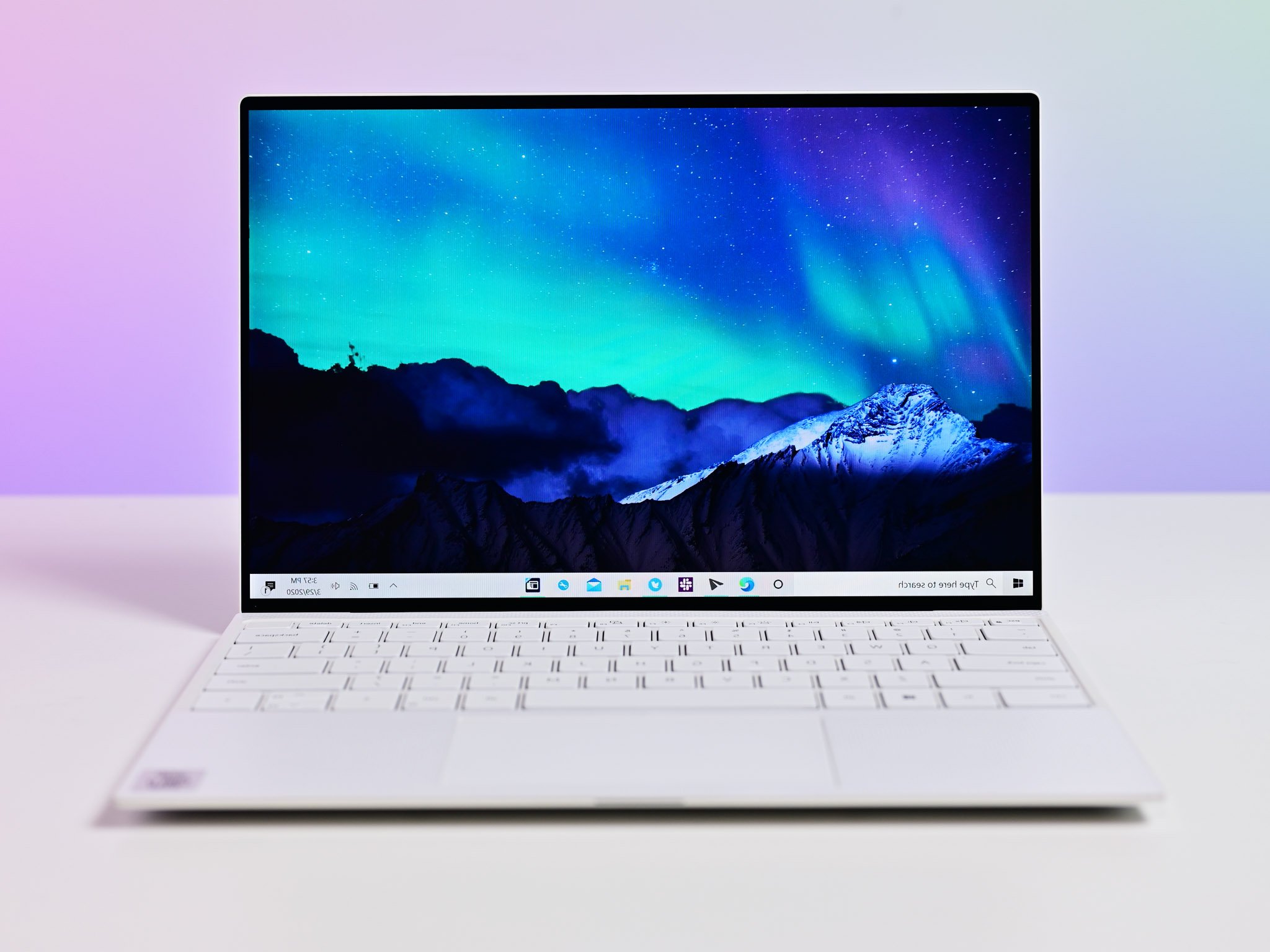
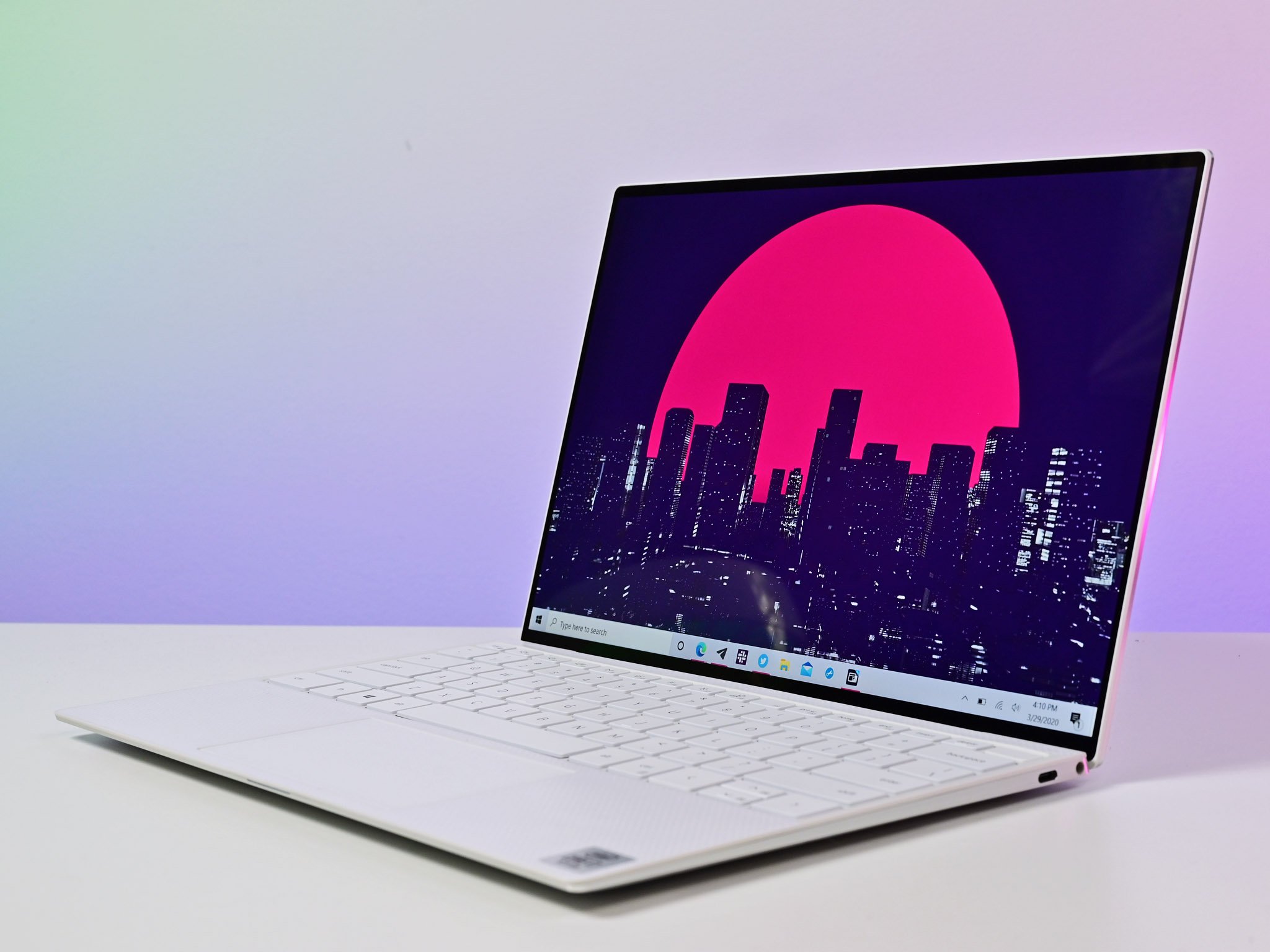

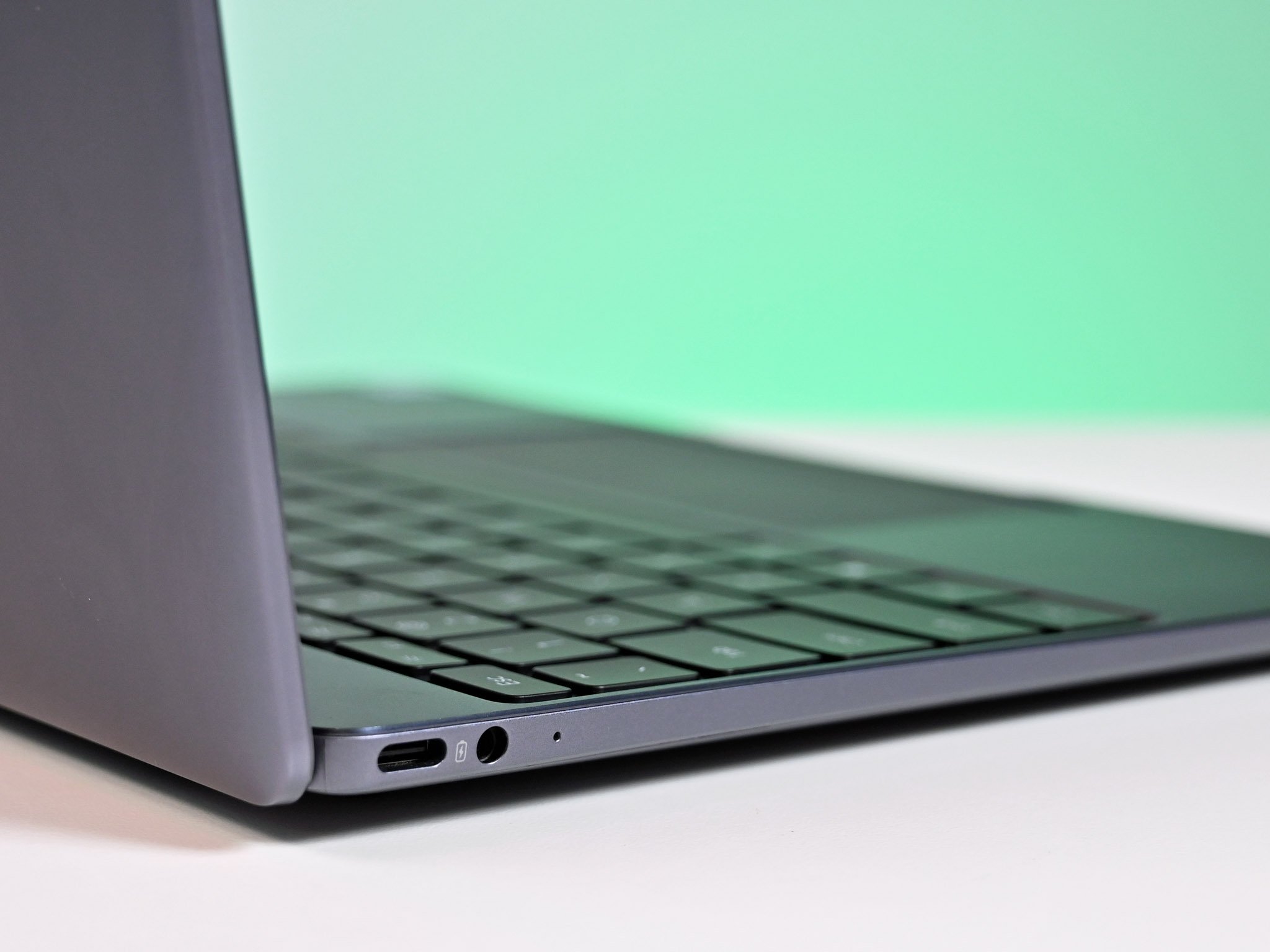
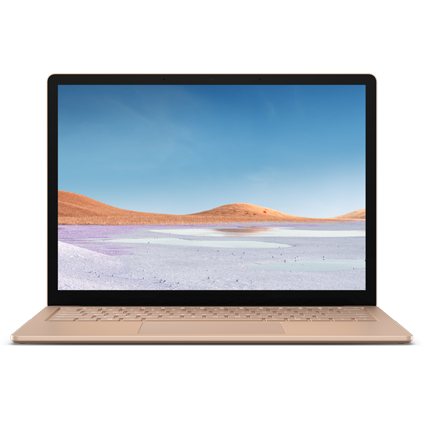

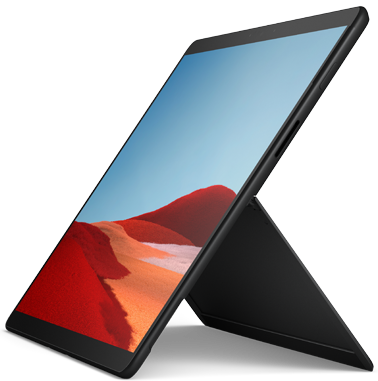



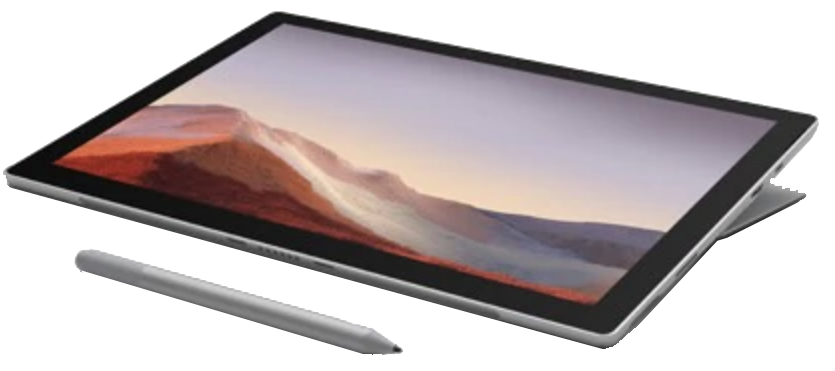





0 comments:
Post a Comment